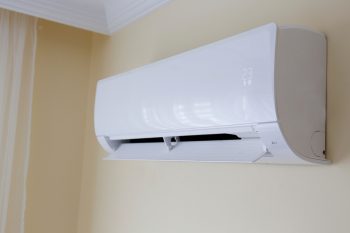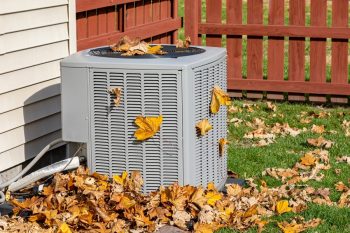
Ceiling fans are an essential part of many households, providing much-needed comfort during hot summer months. However, like any other electrical appliance, they can develop problems over time. One of the key components of a ceiling fan that can cause issues is the capacitor. But how can you tell if your ceiling fan’s capacitor is bad? In this comprehensive guide, we will delve deep into the symptoms of a faulty capacitor, how to test it, and how to replace it safely.
You can tell if a ceiling fan capacitor is bad by observing symptoms such as the fan running slowly or not at all on all speeds, the fan not starting but spinning if started by hand, certain speeds being slow or not working, and the motor humming but not spinning. Visual signs include a burnt or melted capacitor case, a burning smell, or electrical shock on the wiring or circuit. To confirm, you can use a multimeter to test the capacitor – if the reading is significantly different from the capacitor’s rated capacitance value, it’s likely faulty.
Understanding the Role of a Capacitor in a Ceiling Fan
Before we dive into the symptoms of a bad capacitor, it’s important to understand its role. A capacitor in a ceiling fan is designed to create a phase difference between the currents in the two windings of the fan motor – the starting winding and the running winding. This phase difference generates a rotating magnetic field, which helps the motor to start and maintain its rotation.
Recognizing the Symptoms of a Faulty Ceiling Fan Capacitor
A faulty ceiling fan capacitor can exhibit several symptoms:
- Fan runs slowly or not at all on all speeds.
- Fan will not start but will spin if started by hand.
- Certain speeds are slow or do not work.
- The motor hums and turns freely by hand but will not spin.
- The capacitor’s case is burnt or melted.
- A burning or melting smell.
- Electrical shock on the wiring or circuit.
Testing Your Ceiling Fan Capacitor
One of the most reliable ways to determine if your ceiling fan capacitor is bad is by testing it using a multimeter. Here is a step-by-step guide on how to do it:
- Turn Off the Power: Ensure your safety by turning off the power supply to the ceiling fan.
- Access the Capacitor: Locate the capacitor in the fan’s switching house. It’s usually a black box.
- Test the Capacitor: Set the multimeter to the capacitance setting and connect the probes to the capacitor terminals.
- Interpret the Results: Compare the multimeter reading to the capacitor’s rated capacitance value. If the reading is significantly different from the rated value, the capacitor is likely faulty.
Replacing a Faulty Ceiling Fan Capacitor
If your capacitor is found to be faulty, you’ll need to replace it. Here’s how:
- Safety First: Turn off the power supply to the fan.
- Remove the Old Capacitor: Disconnect the wires from the old capacitor.
- Install the New Capacitor: Connect the wires to the new capacitor, following the same connections as the old one.
- Test the Fan: Turn the power back on and test the fan to ensure it’s functioning correctly.
Conclusion
A faulty ceiling fan capacitor can lead to reduced performance and potential hazards. Therefore, it’s crucial to recognize the symptoms of a bad capacitor, know how to test it, and replace it if necessary. If you are unsure about any step in this process, it’s best to consult a professional electrician. With this guide, you should be well-equipped to maintain the optimal performance of your ceiling fan.
Frequently Asked Questions
What is a multimeter and where can I buy one?
A multimeter is an electronic tool used to measure voltage, current, and resistance across several ranges of values. It’s a handy tool for troubleshooting and testing electrical appliances. You can buy a multimeter from any electronics store, home improvement store, or online marketplaces like Amazon.
Is there a specific type of capacitor I should buy as a replacement?
Yes, it’s crucial to replace your old capacitor with one of the same type and rating. The capacitor’s specifications, including its microfarad (µF) rating and voltage, are usually printed on the side of the capacitor. Make sure to note down these values and buy a capacitor that matches them.
Can I replace a ceiling fan capacitor myself, or do I need to hire a professional?
If you’re comfortable with basic electrical tasks and safety procedures, you can replace a ceiling fan capacitor yourself. However, if you’re not confident or knowledgeable about handling electrical appliances, it’s best to hire a professional electrician.
How often should I check the capacitor of my ceiling fan?
There’s no fixed schedule for checking your ceiling fan’s capacitor. However, it’s a good practice to inspect it if you notice any changes in the fan’s operation, such as slower speeds or failure to start.
Why does my ceiling fan have more than one capacitor?
Some ceiling fans have more than one capacitor to control different speeds. Each capacitor is responsible for creating a different phase shift, which results in different speed settings. If your fan has multiple capacitors, they all need to be in good condition for the fan to work correctly.












